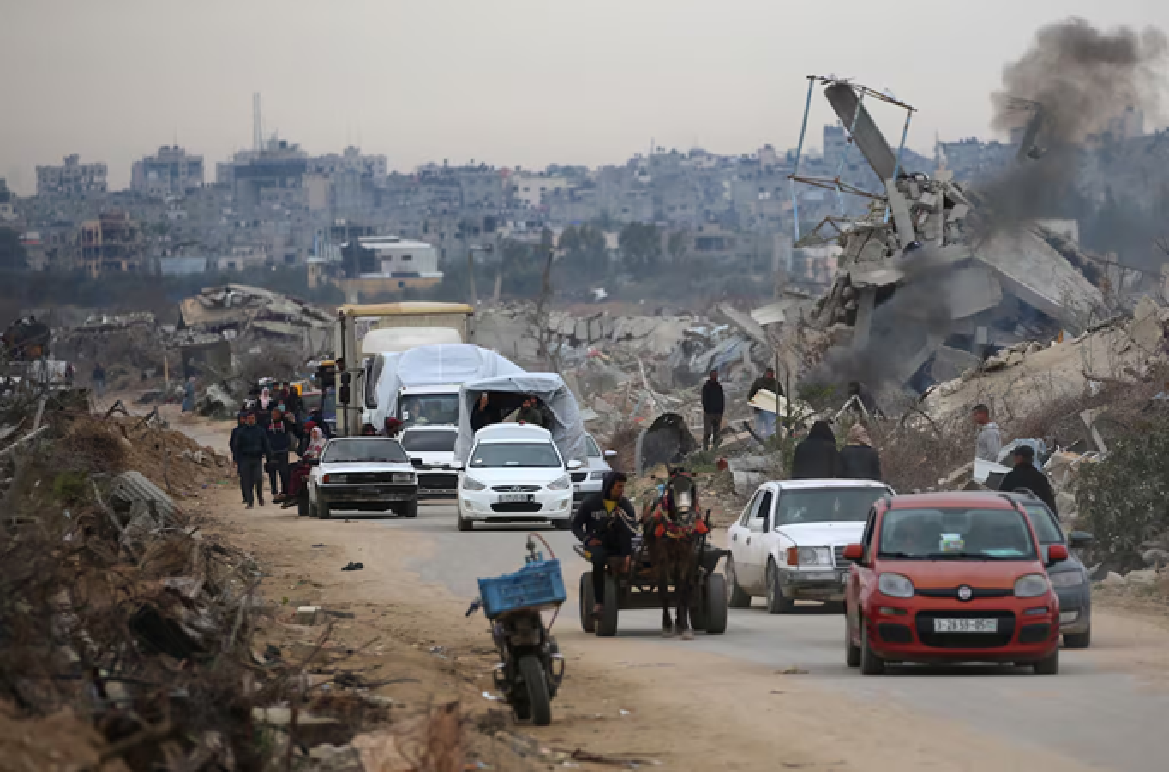.jpeg)
What's next for oil & gas prices as Middle East tensions heat up?
PTI Washington: Oil prices climbed this week as tensions in the Middle East escalated. Iran launched missiles at Israel and the Israelis threatened retaliation, raising the possibility of a disruption to the flow of oil from the region. A jump in oil prices automatically spurs fear of a spike in gas prices, but experts see reasons that may not happen. Here's a look at the current situation and the outlook for oil and gas prices:
Familiar tensions, different times: Oil prices rose than $6 per barrel this week and prices at the pump moved higher as well. The average price for a gallon of gas rose 5 cents from last week. Any major escalation of tensions in the Middle East conjures up memories of the oil embargo that followed the start of the Yom Kippur War in 1973, which quadrupled oil prices. However, the global supply of oil has been altered radically since the 1970s, with the US becoming the world's largest oil producer. Months of war between Israel and Hamas and Hezbollah, two Iranian proxies, did little to boost prices for OPEC and its 12 oil-producing nations. Only the possibility of a confrontation between Israel and Iran moved the needle.
Gasoline prices are up, but cheaper than last year: US gas prices typically rise along with crude because the price of oil makes up half the cost of a gallon of gasoline. The national average for gas has risen to about $3.18 per gallon, according to AAA. But that's still 13 cents less than a month ago and 60 cents less than a year ago. The record national average high of $5 per gallon was reached in June 2022. Despite the threat of war and a hurricane season that is still percolating, domestic gasoline prices are edging lower, AAA spokesperson Andrew Gross said in a statement on Thursday. There are now 18 states east of the Rockies with averages below $3 a gallon."
It's the fundamentals: The long-term expectation is for oil prices to move lower, not higher. That's because the balance between supply and demand has tilted toward supply, a dynamic that typically weighs on oil prices. In its most recent update on the energy markets, the International Energy Agency said demand for oil in the first half of this year rose by the smallest amount since 2020. Meanwhile, supplies have continued to increase and the OPEC+ alliance, made up of members of the producers cartel and allied countries including Russia, has said it plans to release more oil into the market starting in December. The country produces 3.99 million barrels per day, which is 4% of the world total.
By comparison, Saudi Arabia produces about 9 million barrels a day. Despite sanctions imposed by the West that have hampered production and export levels, Iran continues to find ways to maintain its oil sector, sometimes using creative methods like blending and re-labelling oil for sale to markets like China. As of the middle of this year, Iran was exporting about 2 million barrels of oil a day, up from 500,000 in 2020 but below the 2.5 million barrels it exported each day in 2018.
What's next for oil prices?: Tom Kloza, global head of energy analysis with the Oil Price Information Service, believes oil prices are approaching a top, with US crude oil at $74.38 and Brent crude, the international benchmark, at $78.05. Perhaps Brent may have a cup of coffee at $80 a barrel or higher, he wrote in an email, but the longterm outlook is for lower prices.
 English daily published in Bengaluru & Doha
English daily published in Bengaluru & Doha






